Meet Anand Deshpande – the brain behind Persistent Systems
This week we feature the journey of Anand Deshpande, Founder and Managing Director of Persistent Systems, and chart his 28-year-old path to make the technology services company a $470 million enterprise.
“I do what I do and I just stick to it.”
As a focused technologist and leader, Anand Deshpande lives by this mantra quote.
Over the last 28 years that his company Persistent Systems has been in existence 56-year-old Anand says his role has constantly evolved, something that has kept him on his toes. And the excitement, he adds, is unparalleled.
While studying at IIT Kharagpur and then at Indiana University, Anand had never thought he would be doing what he is today, or imagined where he would reach. His story if one of massive transformation, and what it takes to go through to build a $470 million company.
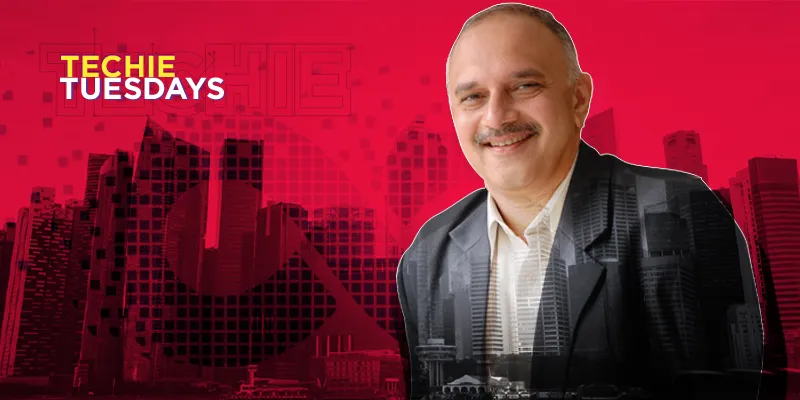
The studious child
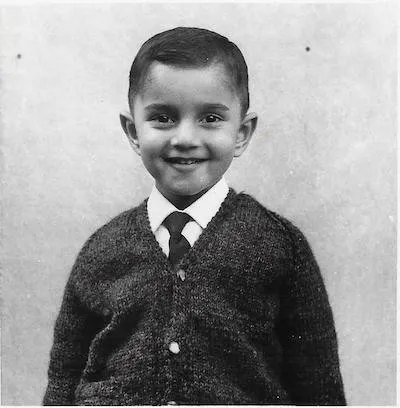
Anand was born in Akola, Maharashtra, and was raised in the BHEL township in Bhopal as his father was an engineer at the government enterprise. Studying at Campion School until class 11th- higher secondary then – Anand says he was a serious, studious child and had a strong academic performance.
Anand cleared the entrance for the National Defence Academy in Pune and the Maulana Azad National Institute of Technology in Bhopal. However, his grades and IIT-JEE took him to IIT Kharagpur and he started with Aerospace Engineering. After two years, Anand changed his stream to Computer Science.
“We had an HP-1000 machine, EC 1030 (an old card punch machine) and an IBM 1620. We were doing mostly PASCAL, Assembly Language -1 and variations of FORTRAN. We did one course of COBOL as well but never really used it a lot.”
Optimising choices
Anand was introduced to the world of databases in 1983-84. He worked on a database project for queries by example, which was new then. Job opportunities for computer science graduates weren't as exciting, and many IITians chose to go abroad for higher studies. Anand went to Indiana University.
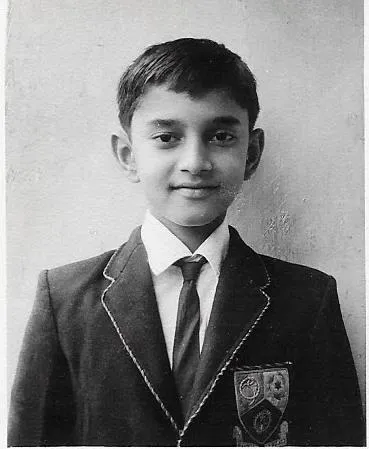
Anand says he chose Indiana University because of the famous book 'Gödel, Escher, Bach: An Eternal Golden Braid' by Douglas Hofstadter. “Indiana University was kind of famous because of him, so this was one of the best choices I had.”
Anand worked on optimising the application process for his entire batch. “Applying for a lot of colleges was a costly affair and one had to optimise her/his yield in some sense. If you apply at the same place where the topper has applied, chances of your selection are nearly zero because colleges compare applications in peer group.”
He made a grid to track who was applying where and make sure everyone had a good chance of getting admission at good universities based on their grades and others’ applications.
Rushing through a PhD
Anand started with his masters at Indiana University and in his third semester cleared the PhD qualifying exam. His thesis was on nested relational databases with Professor Dirk Van Gucht as the advisor.
Anand worked on indexing, query processing, and complex objects in his thesis. “We wrote some code in Scheme (a variant of Lisp), some in C and PASCAL. We also used shell scripts for some of the work.”
At a conference in Germany in 1987, Anand met Umesh Dayal (now at Hitachi) from Digital and Computer Corporation of America, Boston. Umesh came onboard Anand’s thesis committee and soon, Anand was attending a lot of conferences and was very well networked.
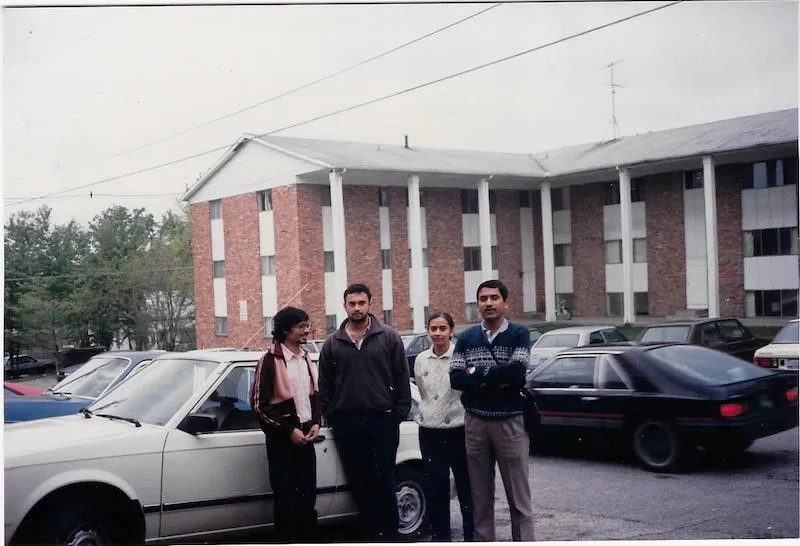
Anxious to complete his education, Anand finished his PhD in four-and-a-half years.
“The problem with a place like Bloomington is that you can become comfortable very easily. On top of it, you don't have a lot of people to push you in your grad life, so you get comfortable and get lost. PhD life is the best time of your life, with no real responsibilities. I was trying my best to not get into that situation and was motivated to finish fast.”
Related read - From ‘chip to cognition’ – Rajiv Mody and his tryst with Sasken Technologies
The X+1 syndrome
Anand had a job offer from HP Labs almost nine months before he graduated. Bill Hewlett and David Packard were around at that time and worked in the same building - this was 1989 and HP had completed 50 years.
As part of the research labs, Anand’s job was to deal with data-related areas specific to programming environments. This was sort of the next step around compilers. Basically, Anand was working on programming in large issues integrated with the compiler (in version control).
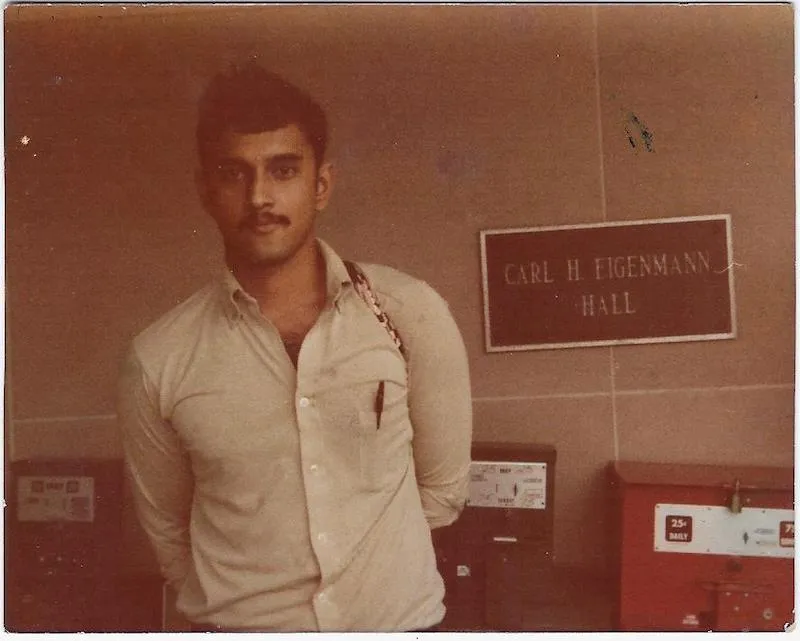
Anand recalls an interesting discussion around that time. “In 1988-89, an interesting article came out in India which got circulated in the US as well. It was on 'X+1 Syndrome' i.e. lot of Indians in US used to say "we'll complete this X and then one more year and we'll go back". For example, we'll finish our PhD, work for one year and then go, or we'll get married, and stay for one year and then go. They bought second hand furniture because they thought they'll go back. But they are still there.”
Also read - She took on a man's world and conquered it - ThoughtWorks CTO Rebecca Parsons' tryst with tech
The grant and the French businessman
Anand decided he was either going to stay in the US, or should go back right away. As soon as he joined HP, he said he was not going to stay for long, to which he was told, “We've heard this from a lot of people.”
Six months into the job, Anand was asked if he wanted to convert his visa to an H1, or get a green card. Anand decided to leave.
When he was at Indiana University, one of Anand’s friends co-applied for a small business grant with him. Three months before Anand came to India, the duo won a $50,000 government grant based on some of the work Anand had done for his dissertation. His friend decided to start the company in the US and Anand decided to work on it from India. That was how he got his first project.
French businessman Francois Bancilhon who was at HP and worked in the same lab as Anand asked him about his future plans. “He said that if I write from India (once I'm back in India for good), he'll give projects to me. That's how I got my second project.”
Both projects were in the field of databases - one was building a query optimiser for the processor of an assembly machine.
Setting up a software company in 1990
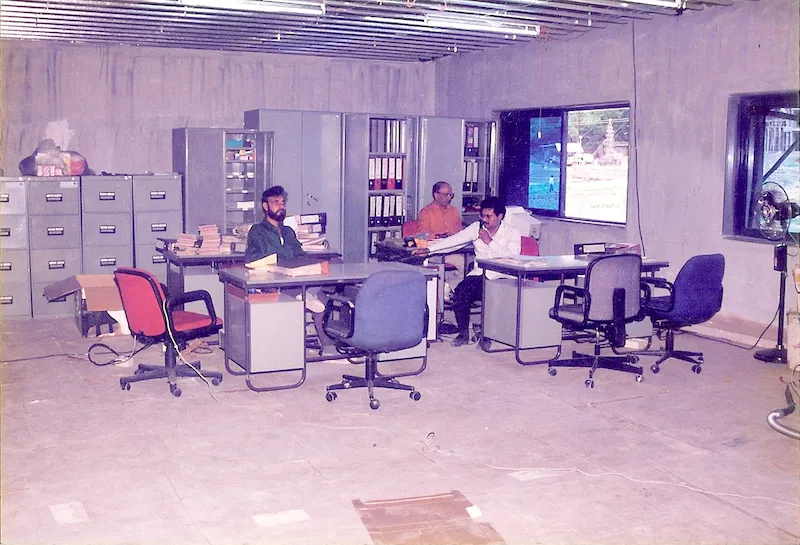
Persistent Systems was incorporated by Anand’s parents in Pune in May 1990 while he was still in the US. “We called it Persistent Systems because we were working on systems that are persistent, which is databases.”
In March that year, the Government of India had set up the first Software Technology Park (STP) in Pune, the brainchild of N. Vittal, the then Secretary of Department of Electronics (DoE). The total area for the STP was 8,000 sq ft, and was given to 14 companies.
It took Anand six to eight months to get a spot in the STP – and only after writing to N Vittal directly. He applied for a bank loan of about Rs 4 lakh to by workstations – computers from Sun Microsystems- which took six months to get approved. His loans, however, could not be disbursed due to changes in regulations.
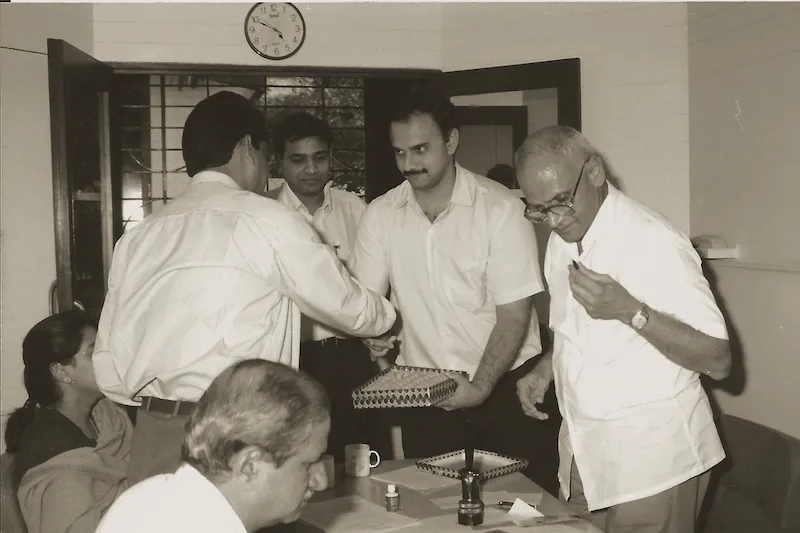
“My machines had arrived but due to lack of bank guarantee, it was sitting in the airport and I had to pay demurrage. Thankfully, I got my tax refund from the US then and I could use that Rs 2 lakh to set up the company. We also borrowed the remaining Rs 2 lakh from friends.”
Given the lack of infrastructure, off-shoring wasn't easy and many companies were mostly body shops. It would take Anand 5 minutes to upload 30 kilobytes. “We would break the files into 30 kb chunks because it would drop all the time. Only educational institutes had internet connection, so it was very difficult. It was cheaper for me to go to Mumbai (from Pune) and check my emails than to do it on dial-up.”
You may also like - How a boy from Amravati went on to architect one of the largest consumer internet startups of India - the story of Pramod Jajoo
More projects, VC funding
Persistent Systems’ third customer was Microsoft, and migrated assembly code from 16 bit to 32 bit for a FORTRAN compiler. Soon, Persistent Systems had HP, Illustra and some other top database companies as clients.
Sridhar Shukla joined Persistent Systems in 1995. His background was similar to that of Anand and he focused on growing the networking and directories side, whereas Anand was mostly doing database query processing. Persistent had about 100 people in 1999, and no dedicated sales team. “Lot of my contacts came from the database conferences and people I knew in the domain.”
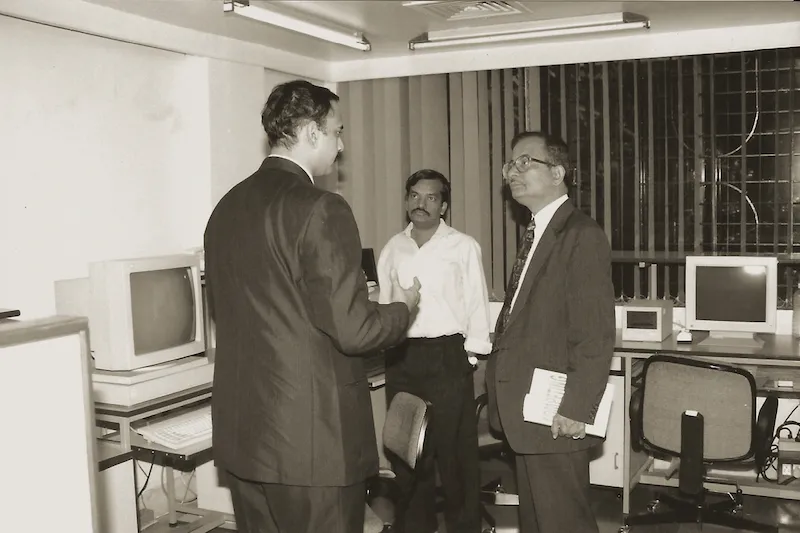
Getting VC funding for a services company wasn't easy. Persistent Systems raised its first round of VC funding in 2000 from Intel Capital. For 3.5 percent stake, Intel invested $1 million in Persistent Systems. Intel Capital had just launched the Intel 64 Fund, on the back of the 64 bit itanium processor. The hypothesis was that a lot of people will migrate from 32 bit to 64 bit, and would need capacity to migrate. So, Persistent Systems was working on tools and capacity to build a migration platform. The migration, however, didn't take place as fast as expected.
In 2005, Persistent Systems raised about $20 million from Norwest Venture Partners and Gabriel Venture Partners. By then, others in the sector like KPIT and Sasken had already gone public.
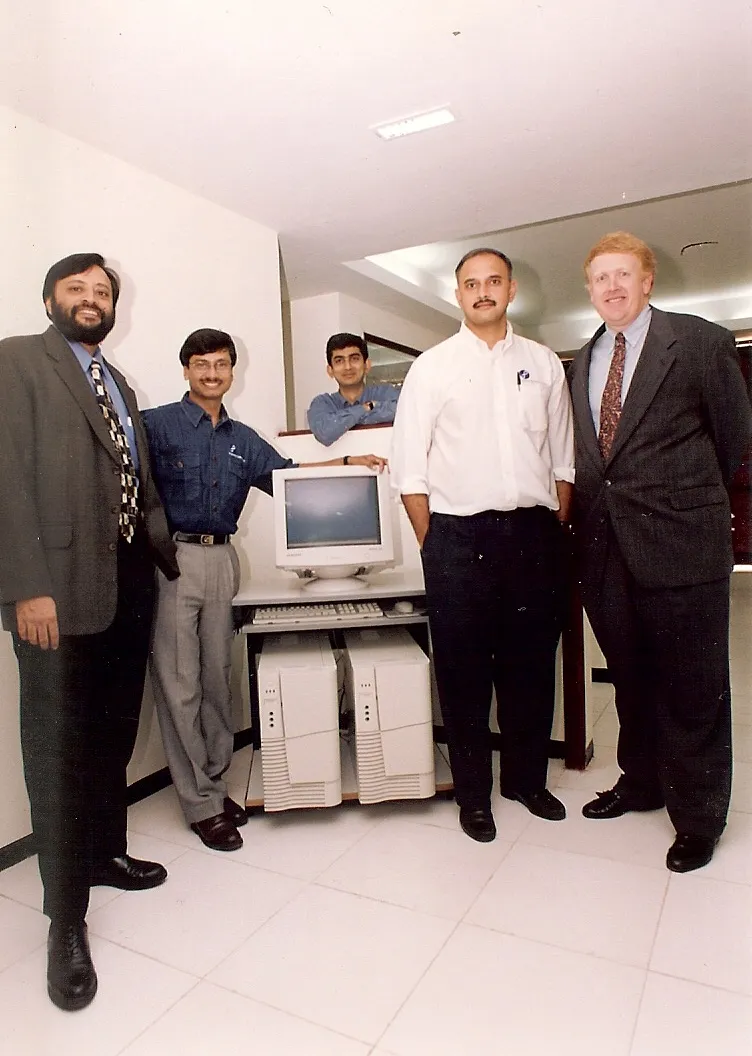
S-curves in the business
According to Anand, all businesses go through S-curves where you start, grow the business, then flatten up, then grow again. So one needs to find the next S all the time. Persistent Systems is on the fourth S right now.
First S – The First S was the early years when the company was very boutique, and founder-driven. Anand was a techie selling (and delivering) code. In 1997-98, Persistent Systems transformed from ‘my company to our company’. Anand took advice from Arjun Malhotra, the founder of HCL, in terms of keeping business and family separate. The company reached a situation where it was decided Anand should spend more time selling, rather than everyone selling, which was the initial plan. Separation between ownership and management was made clear.

Second S – the Second S was 2002 onwards, with the Y2K. All of a sudden, when the market started to come back up, off-shoring was the hot word and everyone wanted to do it. Persistent Systems were doing R&D work then, so it had to position itself effectively in the market. They decided to go with outsourced product development.
“Most of the other companies were doing IT outsourcing and what made outsourced product development different was that in an IT project you've well defined requirements and you do trade-off between time and money, but in product development, shipping date is fixed and there are iterations.”
Persistent Systems also decided to do full product lifecycles. Anand believes that for a small company, it's better to be focused and very clear about what it’s doing. The market, he says, has room for only top three to four players. “If you define the market small enough that's segmented for you then you've a better chance of winning there. That's what we did. We were exclusively product development company and that really helped us in getting the business.”
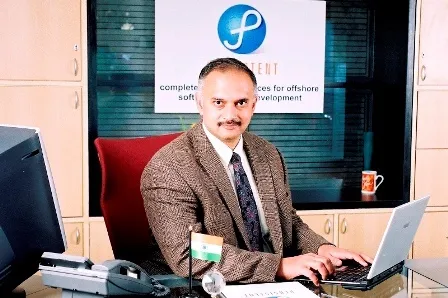
Third S – In 2007-08, Anand met 100-150 CEOs, who were his customers, when the market was down. After these meetings, he realised that as an outsourced product development company, customers did not see Persistent as very significant/relevant even after doing business with them for five to seven years. CEOs think differently in the following ways, says Anand:
- CEOs are very top-line focused - They want to see growth much more than profits and costs. And what we were providing was cost-reduction on the engineering side which is not a CEOs main charter.
- CEOs focus on a few things that are important to them and delegate everything else. If you want to be working with the CEO, you have to be in his top three focus areas.
- CEOs tend to be more relationship oriented. They like to be networked. They want you to talk about other people you're working with.
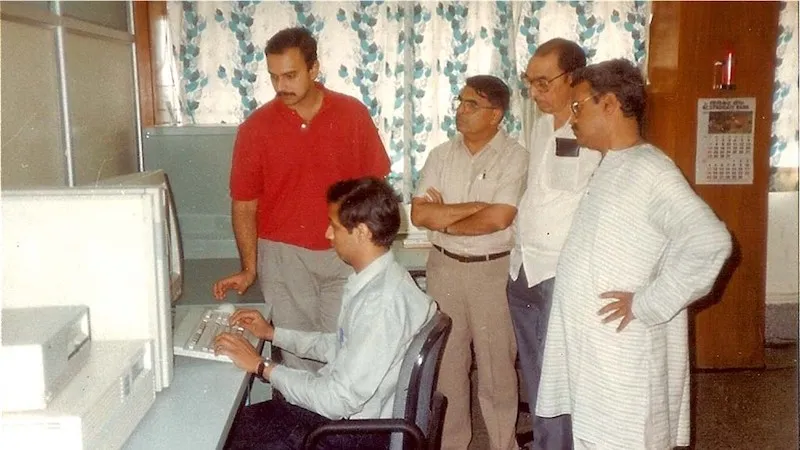
Anand figured he had to expand his business focus beyond product engineering. Based on what product companies needed, Persistent came up with two offerings:
- Taking products and deploying them - this way the company was part of the customer side of the cycle as well, along with the engineering side.
- Taking on end of life products (and rearrange client’s portfolio) - which again is a tough problem for a CEO.
This increased Persistent’s strategic involvement in companies and Anand came back with a clear understanding that the market was going to require cloud, analytics, collaboration and mobility. Persistent Systems had spoken about this in 2008, which eventually Gartner called SMAC in 2012.
Fourth S – Software 4.0 - In 2014, Anand saw every company was becoming a product company and there were discussions around 'software eating the world'. Anand met M R Rangaswami, co-founder of Sand Hill Group, who eventually helped Persistent build the narrative around digital transformation.

Says Anand,
Software 1.0 was mostly mainframe type software.
Software 2.0 was mainly client-server software.
Software 3.0 was cloud.
In Software 4.0, software would find its way to all kind of places like devices and services.
The complexity of managing software where you're writing to devices, running a micro-services architecture, and different components are coming in at different places is high. It's software for industry 4.0. Anand believes every business wants to become a software driven business now.
Related read - The making of Jyoti Bansal - from a small town in Rajasthan to building a multibillion-dollar tech company

4 I’s and the era of software driven businesses
Anand shared four examples on how all businesses are becoming software-driven. He divided this into 4 I’s:
- Incremental development– Persistent worked on a project for Bridgestone Tyres a few years back, where it helped the company sell tyres as a business in Europe. Customers rent tyres instead of buying, and the business model is software driven.
One has to build incrementally and iteratively in software driven business. Product development and engineering naturally leads to agile development. Tesla and our phones getting regular upgrades is a great example of incremental development, which is the core of a software driven business.
- Insights- actionable insights like Google Now.
- Integration- the best example is ifttt. You can take data from different sources and integrate and build something that combines data from completely unrelated things with very limited programming.
- Intelligence- Using machine learning, artificial intelligence to do predictive analytics. Persistent has about 800 projects at the same time and the company uses intelligence to figure out which ones are most urgent.
Anand believes that in order to succeed, a company has to pick certain industry segments. Persistent focuses on healthcare, financial services and industry 4.0.

Set of challenges
The opportunity for Anand (and Persistent) is huge but has not come easy. The company is working on tackling the following challenges at the moment:
- Market is shifting because effort for the same work is going down drastically due to abstraction. As a consequence, the company is required to reduce the number of people working on projects.
- The dynamics of small teams and fast development needs team members to know a lot more in terms of depth and breadth. The knowledge base and what people need to know and how they react/respond is changing dramatically. Migrating people's thinking is difficult.
- As a listed company, transformation is visible, so it can be stressful at times.
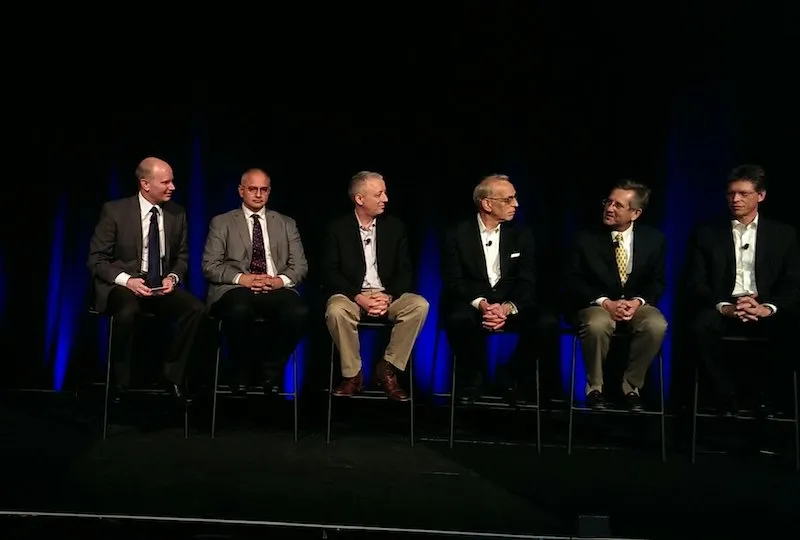
Hiring Principles
When hiring people at Persistent Systems, for Anand, it’s mostly about good programming skills and attitude. “You need people who've the attitude to evolve to the requirements that the market might require. To keep people learning, the organisation plays a big role.” For leaders, Anand prefers people with the right value system, vision and bias towards action.
Related read - Meet Anil Goel — the architect behind Hike messenger and Oyo’s scale
What next
Persistent Systems has been working with startups as customers, and as partners, and helps incubate them as well. Recently, the company also started investing in startups through its $10 million venture capital fund. Personally, Anand gives four hours every Saturday to startups.
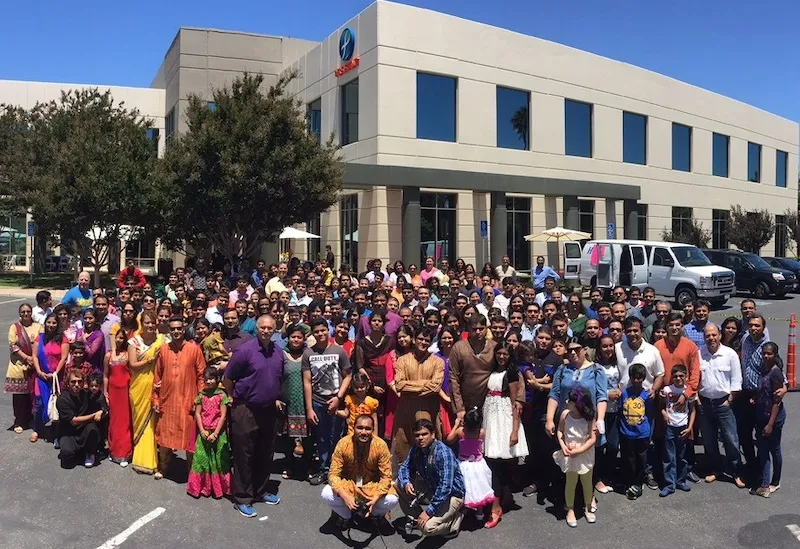
Anand is working on several other projects as well. He started the non-profit deAsra Foundation focusing on helping self-employment at scale. In the next three to five years, he says he is excited about the books he plans to write. He’s also interested in teaching people how to sell because selling is highly underrated even today. Is that a hint on the title of his upcoming book?
You can connect with Anand on LinkedIn and follow him on Twitter.







